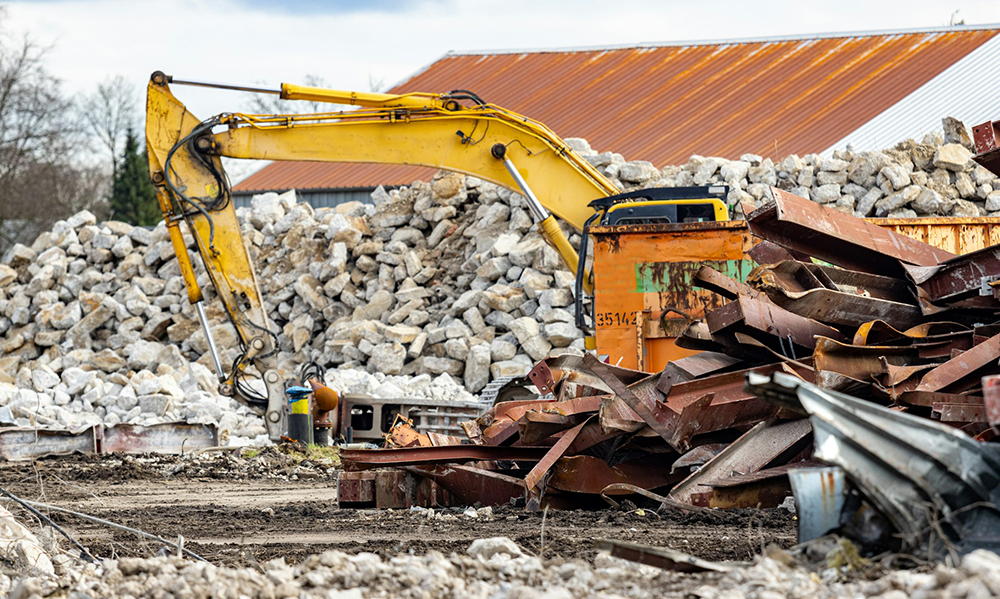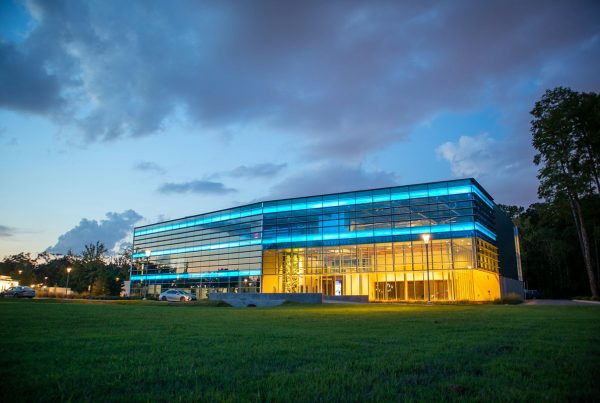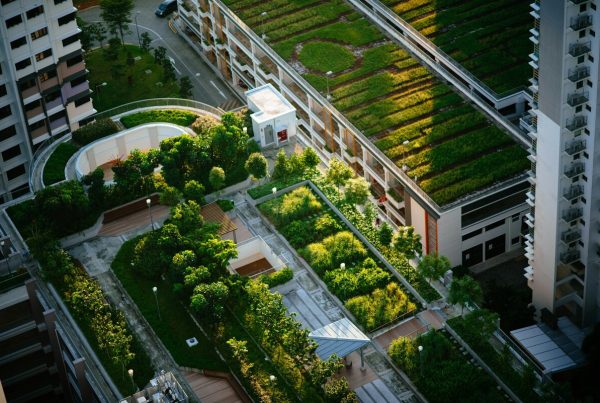The construction industry is at a pivotal moment when sustainable practices are no longer optional. They are essential.
As buildings become more complex and environmental regulations tighten, integrating waste management from the earliest planning stages has become a cornerstone of responsible construction. This approach includes systems that manage trash during construction and throughout the building’s life. Developers can create structures that meet today’s environmental standards and operate efficiently for decades.
Air Quality Management: Installing Pollution Control Systems
The most critical aspect of proactive waste management involves addressing air pollution at its source, before it becomes a problem.
During construction, the mindful installation of air quality control systems ensures buildings can manage airborne contaminants effectively once operational. Wet scrubbers represent one of the most effective technologies for this purpose, as they keep pollution from entering outside air by capturing and neutralizing harmful particles before they can escape.
Modern construction projects must comply with stringent air quality standards, particularly in industrial applications.
The Maximum Available Control Technology explains how to reduce contamination before discarding waste products, making installing proper wet scrubber filtration systems during construction a regulatory necessity rather than an optional upgrade. They pass contaminated air through a liquid solution that captures pollutants — the principle is that more solvent means capturing more pollutants, creating cleaner exhaust streams.
Integrating waste management with advanced air filtration during construction prevents costly retrofitting later for facilities like manufacturing plants, data centers and laboratories. The construction phase provides optimal access for installing ductwork, scrubber systems, and monitoring equipment that would be difficult or impossible to implement after completion. This forward-thinking approach helps ensure buildings can handle operational air quality challenges from day one, protecting occupants and the surrounding environment.

Smart Building Integration for Waste Monitoring
The digital revolution has changed how buildings can monitor and manage their waste output in real time. Integrating smart monitoring systems creates a foundation for ongoing waste management excellence during construction. These provide continuous data on waste generation patterns, allowing facility managers to identify issues before they become costly problems.
Advanced cloud monitoring and management solutions enable facilities to track waste management metrics and practices precisely. By installing these systems during construction, buildings gain immediate visibility into their waste streams, air quality measurements, and resource utilization patterns. This data-driven approach allows for proactive adjustments that significantly reduce overall waste output while optimizing operational efficiency.
Integrating Internet of Things (IoT) sensors and automated monitoring systems during construction creates a comprehensive waste management ecosystem. These technologies can track everything from air quality fluctuations to solid waste accumulation, providing facility managers with actionable insights supporting environmental goals and operational cost reduction.
Construction Methods for Long-Term Waste Reduction
The construction phase presents unique opportunities to implement design choices that will minimize operational waste for decades.
Material selection plays a role in this process, with an emphasis on durable, recyclable and low-maintenance options that reduce long-term waste generation. Modular construction techniques allow for easier future modifications without generating excessive demolition waste, while prefabricated components often result in less on-site waste during initial construction.
Designing for deconstruction rather than demolition ensures that when buildings eventually reach end of life, materials are recoverable and reused rather than sent to landfills. This approach requires careful planning during construction to use reversible connections, avoid inseparable composite materials, and maintain detailed documentation of material locations and specifications.
Energy-efficient systems installed during construction reduce the waste associated with excessive power consumption. LED lighting systems, smart HVAC controls and high-performance insulation contribute to reduced operational waste by minimizing resource consumption throughout the building’s operational life.

Industry Applications for Integrating Waste Management
Different building types require tailored approaches to waste management integration.
Data centers, for example, generate significant captureable heat waste and reuse it to heat adjacent spaces. The construction of these facilities increasingly includes heat recovery systems that transform waste heat into valuable energy resources.
Warehouses and distribution centers benefit from integrated waste management systems that handle operational waste and the vast amount of packaging materials that flow through these facilities. Installing conveyor systems for waste segregation and compaction equipment during construction creates efficient waste processing capabilities that support high-volume operations.
Manufacturing facilities represent the most complex waste management challenges, requiring sophisticated systems for handling solid waste and airborne contaminants.
The construction of these facilities increasingly includes negative pressure systems, specialized ventilation networks, and integrated waste processing areas that handle diverse waste streams safely and efficiently. Residential developments are incorporating community-wide waste management systems during construction, including centralized composting facilities, recycling centers and gray water processing systems that reduce the overall waste footprint of entire neighborhoods.
Building for Sustainable Operations
Integrating comprehensive waste management systems during construction represents a fundamental shift toward sustainable building practices. This includes implementing smart monitoring technologies and designing for long-term efficiency.
This proactive approach meets current environmental standards and positions buildings to adapt to future regulatory requirements and operational challenges. As the construction industry evolves, the principle of thinking before building — particularly regarding waste management — will become increasingly central to successful, sustainable development projects that serve both human needs and environmental protection guidelines.











